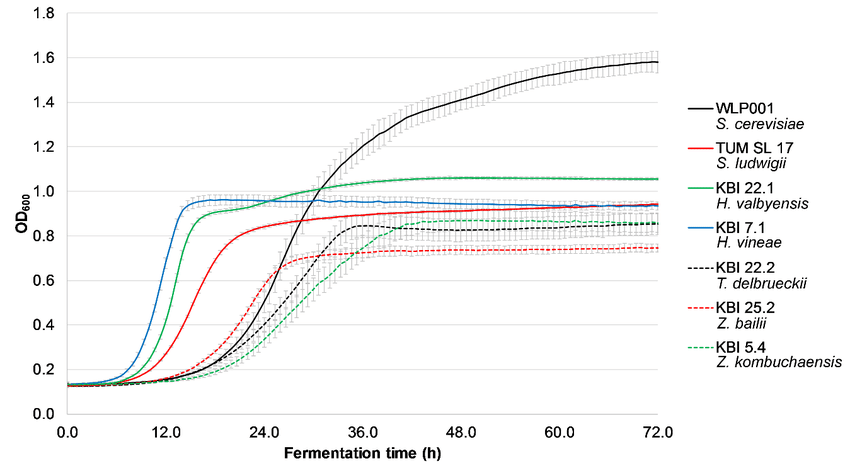AlcheMania
Well-Known Member
Looking to get majority of the flavor characteristics from lalbrew Abbaye, some of the character of Belle Saison, and the super dry FG of Belle Saison in a very simple (Pils+Sugar+Saaz) Belgian Golden Ale.
Thinking of just staggering the Pitch by 24 hrs so the Abbaye gets a head start on converting the sugars.
Ideas?
Predictions?
Thinking of just staggering the Pitch by 24 hrs so the Abbaye gets a head start on converting the sugars.
Ideas?
Predictions?
Last edited:





